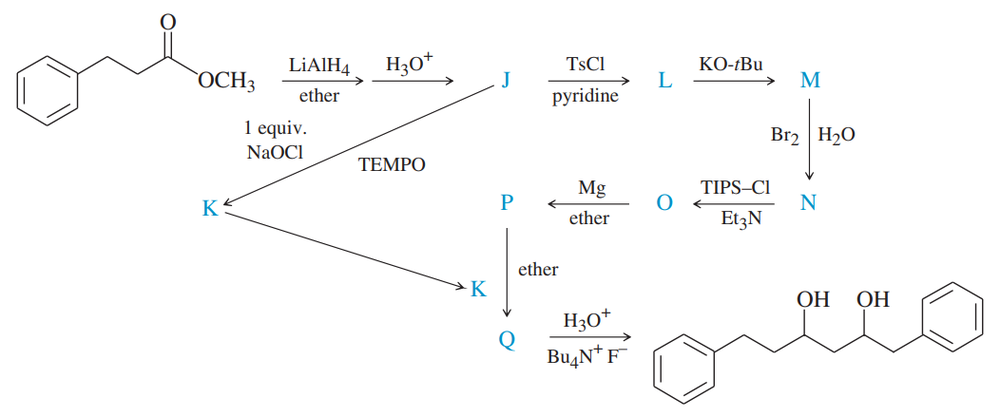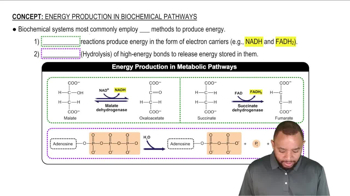Textbook Question
Show how each of the following compounds could be prepared from the given starting material. Each requires a protecting group.
b.

 Verified step by step guidance
Verified step by step guidance Verified video answer for a similar problem:
Verified video answer for a similar problem:



 4:34m
4:34mMaster Use of Protecting Groups with a bite sized video explanation from Johnny
Start learning